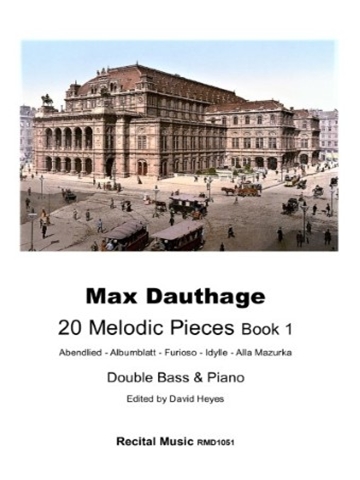Your basket is currently empty!
Sonata No.3 in A minor

Description
Vivaldi’s Sonata No.3 in A minor is in four movements, a slow and stately Largo which is characterised by an insistent dotted rhythm motif …followed by a fast and lively Allegro with dance rhythms and effective staccato and legato contrasts. The third movement (Largo), a lyrical and cantabile ‘song without words’, emphasises the lyrical potential of the cello or double bass with long cantabile phrases in the middle register of the instrument. The final movement (Allegro) is a successful conclusion to the sonata, with a syncopated feature alongside a rhythmic and buoyant forward momentum. This edition for double bass and guitar by Bertram Turetzky is particularly successful, with a simple and supportive accompaniment, allowing the double bass to inhabit its own solo register. Antonio Vivaldi was born in Venice in 1678 and died in Vienna in 1741. He was a vastly prolific composer of concertos, primarily for the violin, and operas and he was regarded as one of the greatest Baroque composers across Europe during the 18th-century. Very little is known about his cello sonatas, nine have survived, which were originally written for cello and basso continuo. In the late 1730s six cello sonatas were published in Paris by Charles-Nicolas Le Clerc, to exploit the popularity of the instrument in France at the time, without the composer’s permission. It is thought that the publisher grouped together six of the sonatas, rather than they were written as a set, because three of them are in the key of B flat major, something a composer would rarely do. The manuscripts of six sonatas grouped as a set is owned by the Bibliothèque Nationale in Paris, and there are other manuscripts in Naples and Germany, but very little is known about them and much is speculation.
R.R.P £7.5
Our Price £6.37
Shipping Costs: No shipping




